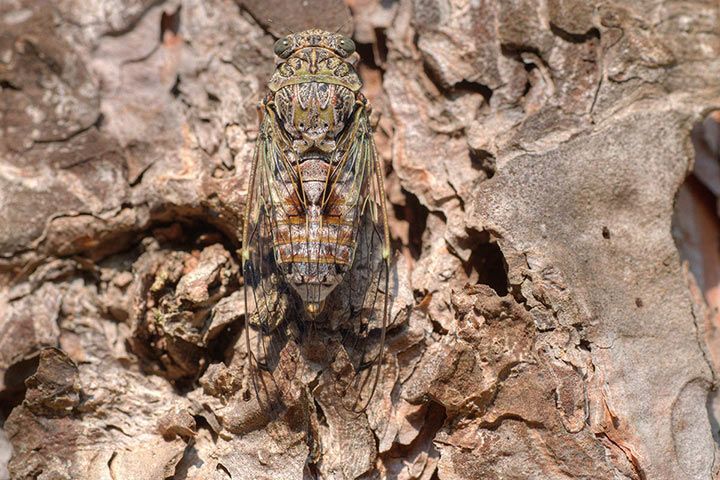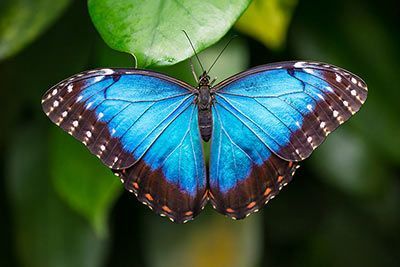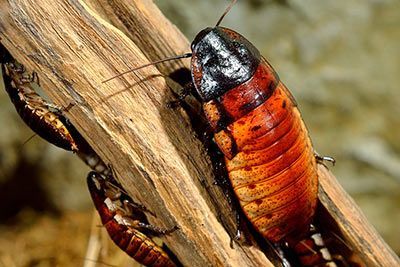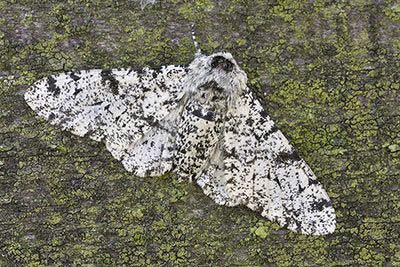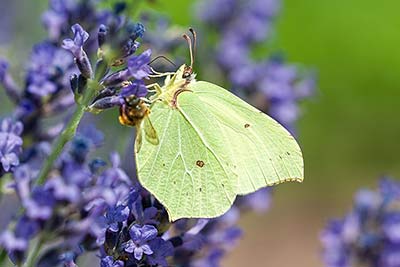Cicada
Cicada Facts
| Size | 0.4-4.3 in (1-11 cm) |
| Speed | Unknown |
| Weight | Unknown |
| Lifespan | 13-17 years (Singing cicada Magicicada) |
| Food | Sap of plants and trees |
| Predators | Mantis, digger wasp |
| Habitat | Worldwide |
| Order | Hemiptera |
| Suborder | Cicada |
| Scientific name | Auchenorrhyncha |
| Characteristics | Very loud insect |
Main Characteristics
There exist more than 45,000 cicada species and they greatly vary in their physical appearance – for instance beautiful and multicolored cicadellinae, treehoppers with their knobbly pronotum and loudly chirping singing cicadas.
Diet
What Do Cicadas Eat?
Cicadas feed on the sap of plants. They simply stick their proboscis into a plant like a straw and “drink” from it. Very useful!
Behavior
Why Do Cicadas Sing?
They do it to attract females or to point out the borders of their territories.
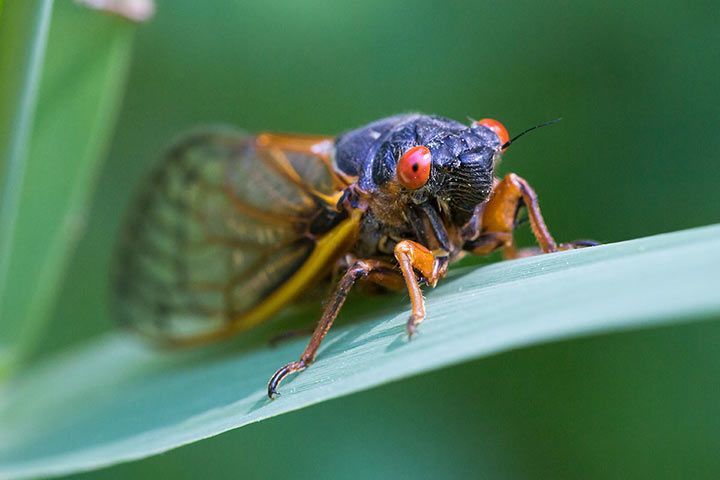
Habitat
Where Do Cicadas Live?
Basically everywhere in the world except in the Arctics and Antarctic regions. There it is simply too cold for them and they do not find any food. Cicadas such as the meadow froghopper also live in Europe, but the chirping singing cicadas can only be found in Africa.
Anatomy and Appearance
The Biggest Cicada
The body of the Empress cicada is 2.7-4.3 inch (7-11 cm) long and has a wingspan of 7-7.8 inch (18-20 cm). Thus, it is the largest cicada of the world.
The Smallest Cicada
The smallest cicadas include the leafhoppers and the delphacidae with a body length of just 0.07 inch (2 mm).
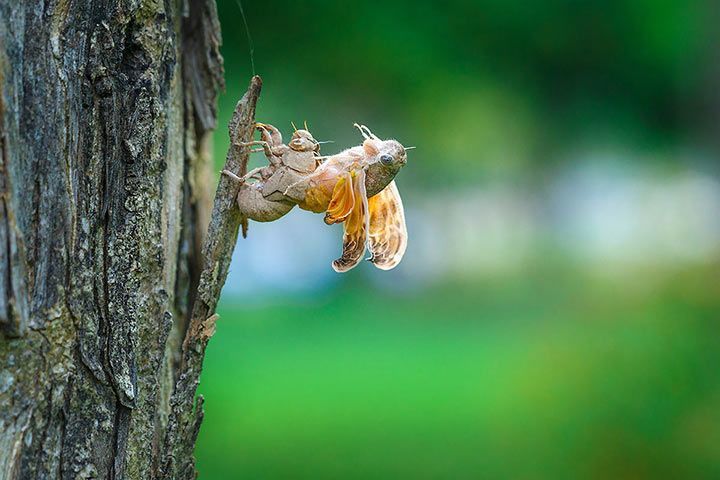
Senses and Abilities
The Cicada Is the Loudest Insect
The chirping of African singing cicadas can reach up to 106.7 decibel and can be heard at distances of several hundred kilometers. Mostly it sounds a bit like a broken power supply line.
The Cicada Is the Highest Jumping Insect
The meadow froghopper can jump up to 27.5 inch (70 cm) high. It holds the high jump record among all insects.
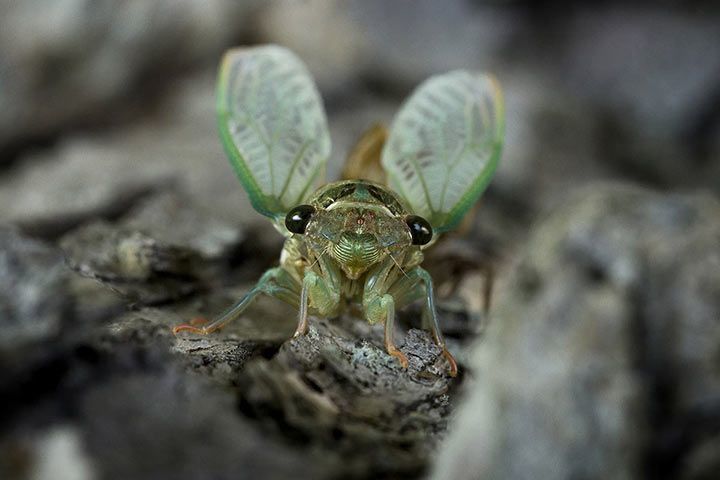
Enemies and Threats
Which Are the Enenmies of the Cicada?
Cicadas are preyed upon by other insects. But the don't just have natural enemies. Cicadas are considered as delicious food in Australia, Thailand, Japan, China, Burma, Africa, Malaysia and Papua New Guinea.
Reproduction
Singing Cicadas Reproduce Every 13 or 17 years
Singing cicadas only mate every 13 or 17 years. For quite a long time scientists did not know the reason for this. Why 13, why 17 years? Well, most of the singing cicada’s enemies mate in intervals of two, three or six years. If cicadas had the same cycle, too many of them would fall prey to hungry young animals. The cycle of 13 or 17 years significantly increases their chances to survive.
- Find Out More:
- Ghost Insect Facts
- Praying Mantis Facts
- Walking Leaf Facts
- Watch Now on animalfunfacts.net:
 All About Insects and Arachnids
All About Insects and Arachnids
